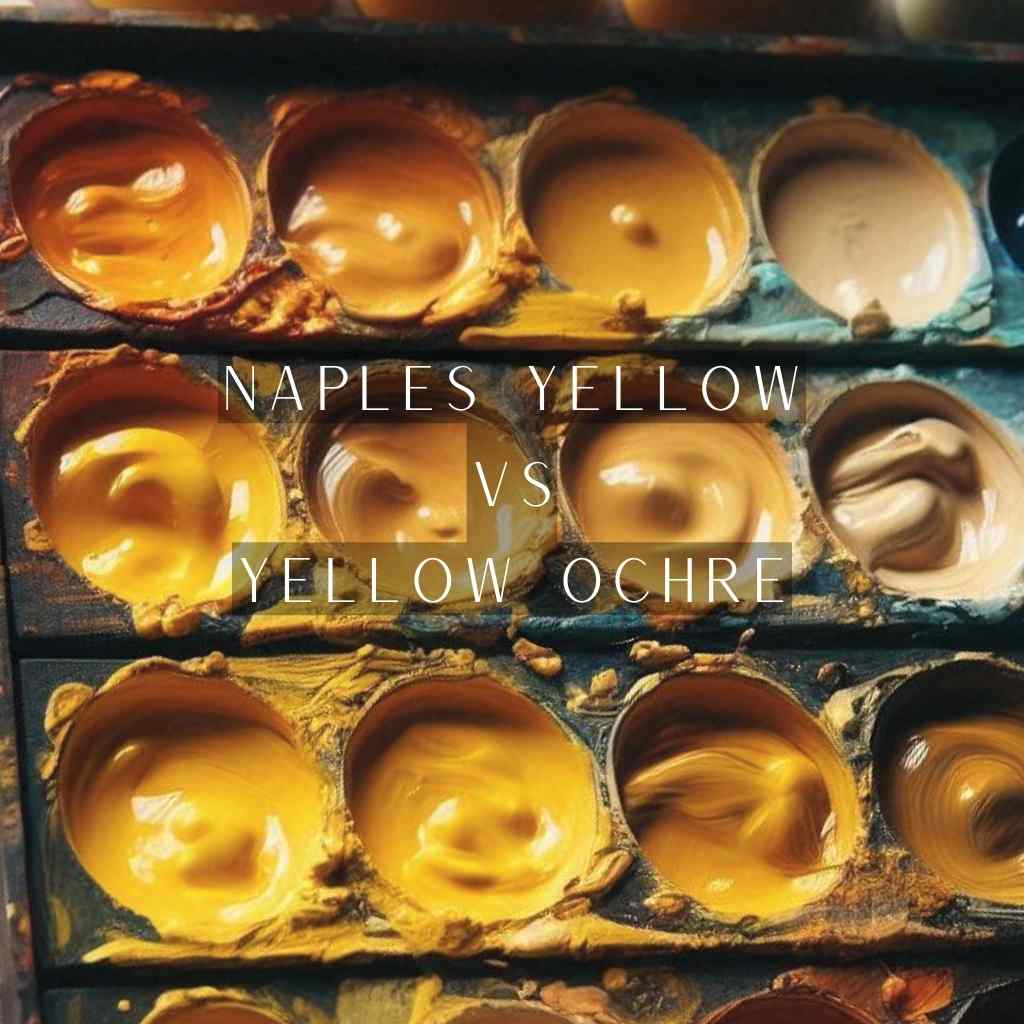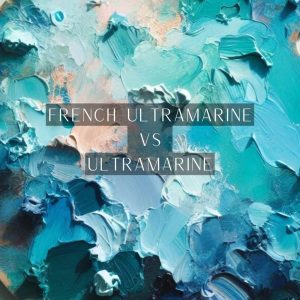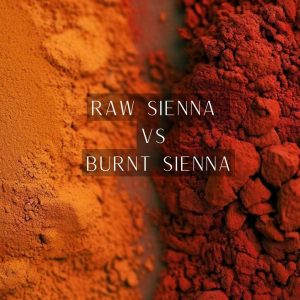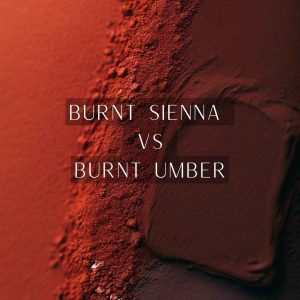Are you an artist seeking to infuse your creations with warmth and vitality? Do you find yourself lost in a maze of pigment choices, unsure which hue will best convey your artistic vision?
The struggle to select the perfect shade is a common plight among creators, but fear not – we’re here to shed light on the matter.
In this exploration, we’ll navigate naples yellow vs yellow ochre, unraveling their rich histories, distinctive properties, and endless artistic possibilities.
Now prepare to be inspired as we embark on this colorful journey together.
Naples Yellow
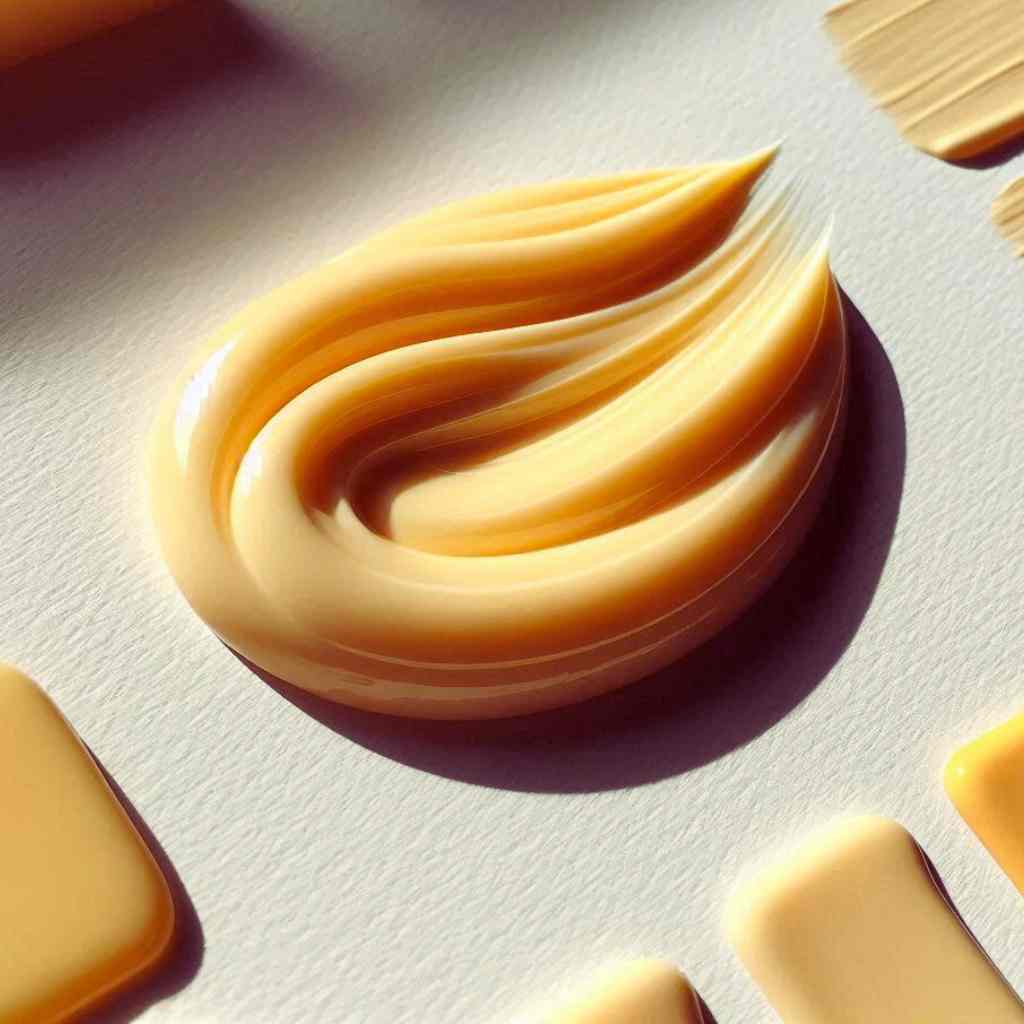
Naples Yellow, despite its name, has roots that stretch far beyond the shores of Italy.
Originally derived from lead antimonate, this pigment gained popularity during the Renaissance era for its brilliant hue and opacity.
Its name, however, stems not from its origins, but from its association with the city of Naples, where it was rumored to have been first produced.
Naples Yellow is often associated with its signature buttery shade; variations in its production process can result in a spectrum of hues, ranging from pale lemon to deep ochre.
Yellow Ochre
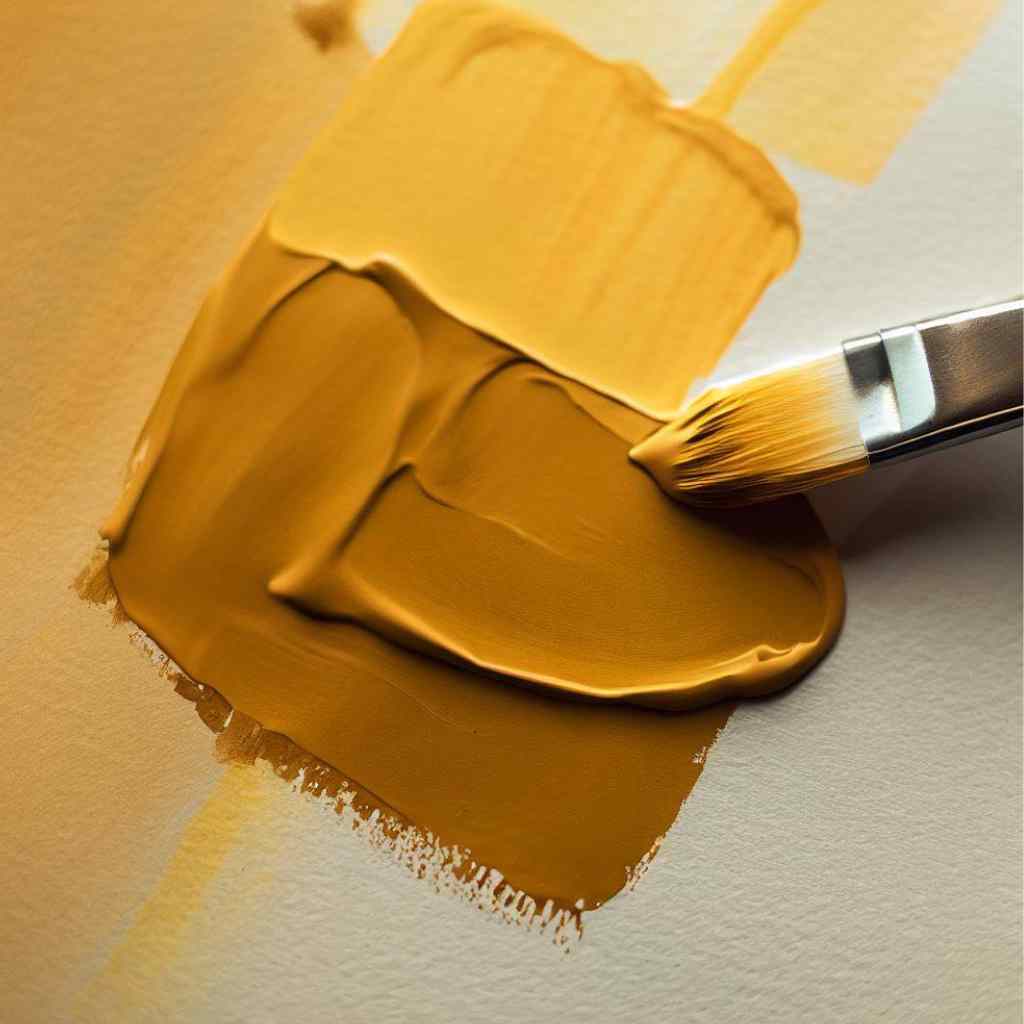
Yellow Ochre, unlike Naples Yellow, has a history that spans millennia, dating back to the earliest cave paintings of prehistoric humans.
Its earthy tone and natural abundance made it an invaluable resource for ancient civilizations, who used it not only for artistic purposes but also for ceremonial rituals and symbolic adornment.
From the ochre-stained cliffs of Australia to the ochre-painted pottery of ancient Greece, Yellow Ochre has left its mark on cultures around the world.
Its warm, earthy hue is often associated with fertility, prosperity, and protection, imbuing objects and artworks with spiritual significance.
Naples Yellow vs Yellow Ochre: Comparative Analysis
Naples Yellow and Yellow Ochre are just two examples of the myriad pigments available to artists, each offering its own unique qualities and possibilities-
Hues and Tonal Qualities
Naples Yellow tends to possess cooler undertones, often exhibiting subtle hints of green or orange within its spectrum. This coolness can impart a sense of freshness and clarity to artwork, making it an ideal choice for depicting clear skies or crisp foliage.
On the other hand, Yellow Ochre boasts warmer, earthier tones, with shades ranging from golden yellow to deep sienna.
Its warmth adds a sense of richness and depth to compositions, evoking the sun-kissed landscapes of autumn or the weathered patina of aged architecture.
Blending and Mixing Capabilities
Naples Yellow offers greater transparency and versatility. Its translucent nature allows for smooth transitions and subtle gradations of color, making it well-suited for creating delicate glazes and luminous washes.
Artists can layer Naples Yellow with other transparent pigments to achieve nuanced effects and subtle variations in hue.
Yellow Ochre, by contrast, tends to be more opaque and granular, with a gritty texture that lends itself to bold, textured applications.
While it may be less suitable for fine blending and delicate washes, Yellow Ochre excels in creating rich, impasto effects and expressive brushwork.
Handling and Texture
Naples Yellow boasts a smooth, buttery consistency that flows effortlessly across a variety of surfaces.
Whether applied thinly as a glaze or layered thickly as an impasto, Naples Yellow maintains its integrity and luminosity, adapting seamlessly to the demands of the artist’s technique.
Yellow Ochre, on the other hand, has a grittier texture and may require additional medium or water to achieve the desired flow and coverage.
While it can be challenging to achieve smooth, even washes with Yellow Ochre, its granular nature lends itself to expressive mark-making and textural effects, particularly on rough or absorbent surfaces.
Workability and Manipulation in Various Mediums
Naples Yellow’s translucent nature makes it well-suited for glazing and layering techniques, allowing artists to build depth and complexity in their compositions.
Its smooth consistency also lends itself to detailed brushwork and fine blending, making it a versatile choice for artists working in a variety of styles.
Yellow Ochre, by contrast, is prized for its opacity and granular texture, which make it ideal for creating bold, expressive strokes and impasto effects.
While it may require more effort to achieve smooth, even coverage, Yellow Ochre offers unparalleled richness and depth in its application, adding drama and intensity to artworks.
Lightfastness and Stability
Naples Yellow’s lead-based composition may pose greater risks of discoloration or fading with prolonged exposure to light.
This is particularly true in areas of high humidity or temperature, where the chemical compounds within the pigment may react with atmospheric pollutants or environmental contaminants.
Yellow Ochre, by contrast, is less susceptible to fading and discoloration, owing to its natural mineral composition and earthy origins.
However, like all pigments, it is still important to take precautions to protect artworks from excessive exposure to light and environmental factors that could compromise their longevity.
Wrapping Up
As our colorful journey draws to a close, it’s time to reflect on the myriad hues and shades that have danced across the canvas of our exploration.
From the radiant glow of naples yellow to the earthy richness of yellow ochre, each pigment has revealed its own unique story, leaving an indelible mark on our artistic consciousness.
But amidst the debate of naples yellow vs yellow ochre, one truth emerges: the beauty of art lies not in the supremacy of one pigment over another, but in the endless possibilities they offer to the creative mind.
So let us celebrate the diversity of our palette, embracing the richness of every color and the depth of every shade.
If you’re curious about the properties of Yellow Ochre mentioned in this comparison with Naples Yellow, consider exploring step-by-step tutorial on how to make Yellow Ochre at home.

